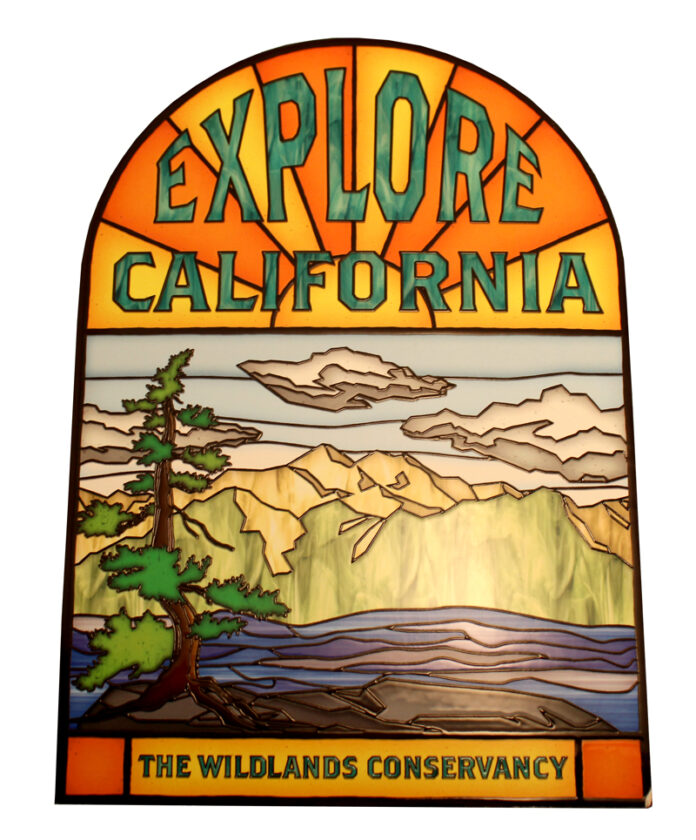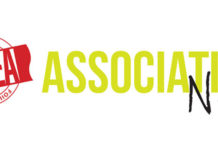By Kevin Abergel, marketing consultant, Taktiful
Digital decoration and embellishment processes are utilized to add a physical, visual or tactile effect to a printed piece, while also allowing variable data. In this Q&A, the true definitions of each, best applications and future potential are discussed.
What is the true definition of digital decorating and embellishments, and what types of decorating and embellishments are possible through digital processes?
Both terms can mean a variety of different things. The wonderful thing is that technology in this sector is moving so quickly that the definition of digital embellishment is constantly changing. I would define digital embellishment as the process by which a physical, visual or tactile effect is added to a printed piece of matter to enhance it using technology that allows for variability in data and significant cost-effectiveness in short runs.
We are seeing different types of digital embellishment technologies being used, and the utilization of these various techniques depends on the different budgets, desired effects, technical limitations and environmental considerations of the printers, brands and agencies that require them.
One of the oldest and most well-known types of digital embellishment is “sleeking,” whereas we remelt black toner from a digital print engine through a laminator, and instead of a roll of laminate, we alternatively load a roll of foil.
The black toner heats up, melts and sticks to the foil. Voila, instant digital and personalized foil – whatever was printed in black is now metalized. Many different effects can be reached using this technology, such as metallics, simulated spot UV and more. Still, to have this foil part of an overall CMYK+ design requires the use of multiple passes through the digital press, very high registration precision and barriers such as lamination between steps for it to work. It also should be said that the overall effect of sleeking-based output is generally going to be “flat” and not dimensionally raised. While it is not a necessarily efficient process and requires time to produce and print clicks for each pass, it offers a low cost of entry and is perfect for people who want to test the waters of embellishment.
Then, making their entrance a little over a decade ago, are the inkjet-based systems. The inkjet-based systems first started by jetting a clear ink onto printed sheets to simulate spot UV. A few years later, there was the idea that tactile effects could also be achieved by adding more layers and tactile, raised spot UV was born through an inkjet process. Finally, a few years later, the idea was born that by formulating an inkjet polymer in a specific way, it could act as an adhesive agent for transfer metallic foil products. So, the premise was, with one piece of technology having the ability to do a flat spot UV, a raised clear tactile effect and a raised foil effect could be used all in one pass on a single inkjet embellishment machine.
This helped propel digital embellishment through the adoption curve from early adopters straight into the early majority. Thanks to the many new players, new formats, new platforms and diverse budget levels, mass-level democratization had begun.
Relatively new and exciting to the market today is the next logical step in a wholly digital ecosystem. If I can print, varnish and foil digitally, the only thing left is diecutting. Luckily, new technologies have come to market that enable lasers and instant polymer dies to allow for a fully digital cutting workflow at extremely high levels of precision and impact.
Today, we are witnessing a renaissance in the print enhancement market segment, thanks to the democratization of easy-to-use digital embellishment technologies and the understanding that “informational” print is migrating online while “impactful” print is the end game in most brands print budgets today. What has been especially interesting to watch has been how digital print embellishment has also helped increase volumes on traditional analog embellishment technologies by reigniting interest in these new finishes.
What are some of the limitations of using digital inkjet coatings and foils, and what are challenges that can occur? How do users overcome these challenges?
The primary limitations users will face with digital inkjet coatings and foils revolve around optimizing the printed surface’s dyne levels (or surface tension) to get the best quality of adhesion to the sheet and an attractive smooth and wet look.
Some manufacturers have developed special liquid polymers compatible with specific inks and toner outputs to overcome the dyne disparity. Some have implemented inline corona treaters to optimize the surface tension before inkjetting.
The easiest way to overcome these challenges is to either laminate or flood UV coat the printed material before embellishments, using appropriate coatings and laminates that will have strong adhesion to the sheet while retaining excellent dyne levels. While usually giving off the best final product, this solution carries a cost, both financial and environmental.
Another question I often get asked about is how to get inkjet embellishment systems to work with uncoated substrates. The honest answer is that they don’t; it is fighting against physics. Putting a liquid of any kind onto an uncoated substrate and expecting it to work is the same as pouring water onto a sponge and hoping it doesn’t get absorbed. Now, that being said, there are a few workarounds to getting an excellent final product, but it will never match the same quality as a traditional foil stamp on a proper uncoated sheet.
A paper stock can be gotten that looks uncoated and feels uncoated, but the reality is it includes a coating on it. That being said, users may be limited to how far they can push details or solids depending on the technology and the sheet. They need to test well and know the boundaries before productizing the offering.
A toner also can be put down to act as a barrier to absorption; some digital toners can act as a seal between the liquid and the sheet but require lots of experimentation.
Finally, sheets can be precoated with a primer that will prevent varnish from getting absorbed, but the product may end up losing the intended look and feel of the paper the customer wanted.
What suggestions exist for companies involved with digital decorating processes to help them market and communicate the benefits of embellishments for print?
One of the first suggestions for a company that has recently invested into digital decorating equipment is to stop telling customers and others what specific machine it has purchased. The purchaser of the digital decorating equipment has done its homework, traveled for a demo, visited other users, bounced the idea off a few of its key customers and decided to move forward with a dazzling new piece of technology. So, there is no reason to tell people specifically what machine was invested in – simply market that the digital decorating technology is available.
Every time a company tells a potential client what machine was bought, it arms the client with the ability to easily find others with the same machine and bid the job out for the lowest price. The brutal lessons we have learned in CMYK print’s commoditization should teach us to prioritize value atop everything. There is no need to continue repeating these same mistakes.
Value is what a printer or finisher should offer when talking with a brand or agency, not price – no matter what type of embellishment processes it is selling – traditional or digital. Know-how is value, and keeping the secret sauce a secret is what has made Coca-Cola and McDonald’s the brands they are today. Don’t give away the secret sauce; wield it as a magnificent weapon to upsell and cross-sell to existing and new customer bases.
When a prospect sees an embellished sample, there should be no obligation to share how the process was done. When selling any type of embellishment for print, the printer or finisher can sell it as a special branded technique and explain why the ROI would be justified because of the impact it will have on the target customers.
I recommend coming up with a specific “brand” name for digital decorating technology, and, very importantly, have it copyrighted! It doesn’t matter what the brand name is, the idea is that it is being branded as its own technology. This can be used for other embellishment processes as well, including cold foil, laser cutting and more.
Remember, if there is a special brand name for a company’s digital decorating technology, it is branded as something owned by the company offering it, it’s copyrighted, marketed under the brand name and it ends up in a bid under the copyrighted brand, the bid goes to the company that has created the branded name.
What types of applications or technologies are foreseen in the future for digital decorating processes?
As equipment begins to get faster and less expensive to produce, I can, in the immediate future, see the breakeven volumes between digital and analog-sized jobs start to drift higher.
Secondly, I see the Industry 4.0 pointing toward eventually combining digital printing, digital spot UV, digital foil, digital dimensional and digital cutting and creasing onto single platforms for lights-out manufacturing.
Finally, I see the next major evolution of the digital decorating presses to involve the use of printed electronics for smart “connected paper,” which will have serious implications in retail packaging and direct mail but also force us to ask some strong questions around privacy and data use stemming from IoT paper.
 Kevin Abergel is a 17-year veteran in the graphic communications industry,
Kevin Abergel is a 17-year veteran in the graphic communications industry,
serving in many roles with MGI, optimizing its line of print embellishment products. Throughout his career, he has been a passionate and committed advocate for the digitalization of print embellishments and now is looking forward to exploring new challenges full of infinite possibilities with Taktiful Consulting. For more information, visit www.taktiful.com.





